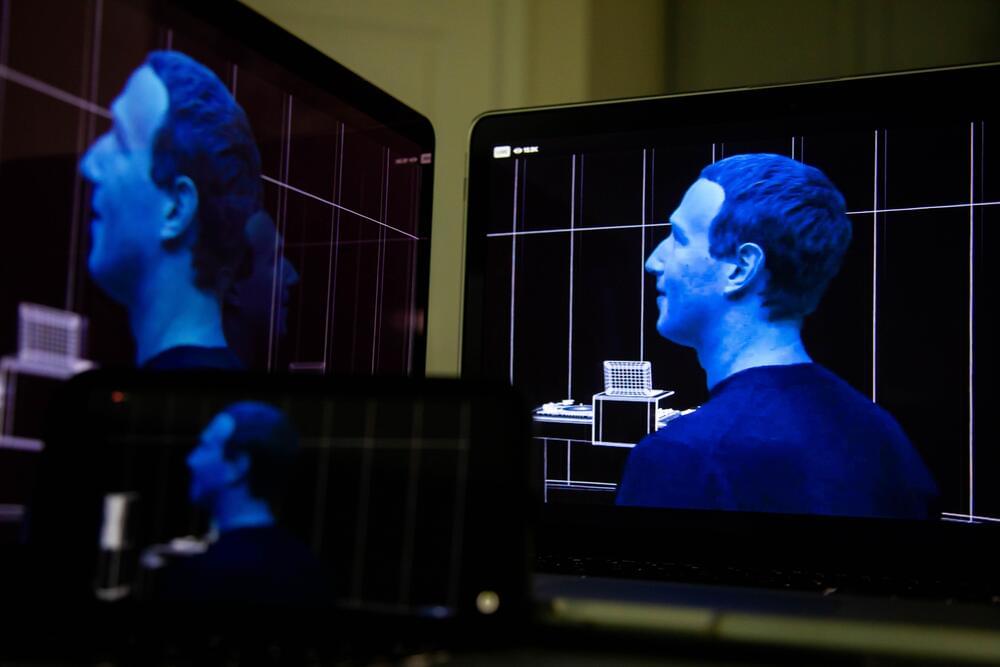As hard as diamond and as flexible as plastic, highly sought-after diamond nanothreads would be poised to revolutionize our world—if they weren’t so difficult to make.
Recently, a team of scientists led by Carnegie’s Samuel Dunning and Timothy Strobel developed an original technique that predicts and guides the ordered creation of strong, yet flexible, diamond nanothreads, surmounting several existing challenges. The innovation will make it easier for scientists to synthesize the nanothreads—an important step toward applying the material to practical problems in the future. The work was recently published in the Journal of the American Chemical Society.
Diamond nanothreads are ultra-thin, one-dimensional carbon chains, tens of thousands of times thinner than a human hair. They are often created by compressing smaller carbon-based rings together to form the same type of bond that makes diamonds the hardest mineral on our planet.







